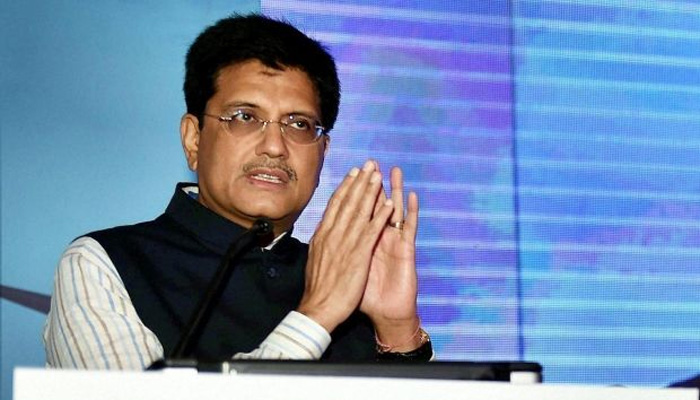A day after making the Gravity-Einstein gaffe, Union Railway Minister Piyush Goyal on Friday accepted his mistake owing to a “slip of tongue”.
“Mistakes are made by everybody and I’m not one of them who is scared of making a mistake,” Goyal said at an event to flag off new trips of Rajdhani Express from Mumbai’s Chhatrapati Shivaji Maharaj Terminus.
Piyush Goyal, a key backroom strategist of the ruling Bharatiya Janata Party, on Thursday inadvertently erred in attributing the theory of gravity to Albert Einstein while asking the industry not to get into nitty gritties of calculations of growth which requires 12 per cent rate to achieve the envisaged $5 trillion economy.
In his address at the Board of Trade meeting under his ministry, Goyal said: “Let’s work on the new spirit of enthusiasm, believing nothing is impossible. And together we can achieve that $1 trillion target in five years, don’t get into the calculations – that to have a Rs $5 trillion economy, the country will have to grow at 12 per cent, today it is growing at 6-7 per cent – don’t get into those maths, those maths have never helped Einstein discover gravity .. if he had only gone by structured formulae, and what was past knowledge, I don’t think there would have been any innovation in this world”.
Earlier the minister had stated the country must target $1 trillion exports in the next five years.
While Einstein’s general theory of relativity is one of the towering achievements of 20th-century physics, 17th century English scientist Sir Issac Newton’s law of universal gravitation states that every particle attracts every other particle with a force directly proportional to the product of their masses and inversely proportional to the square of the distance between them.


















